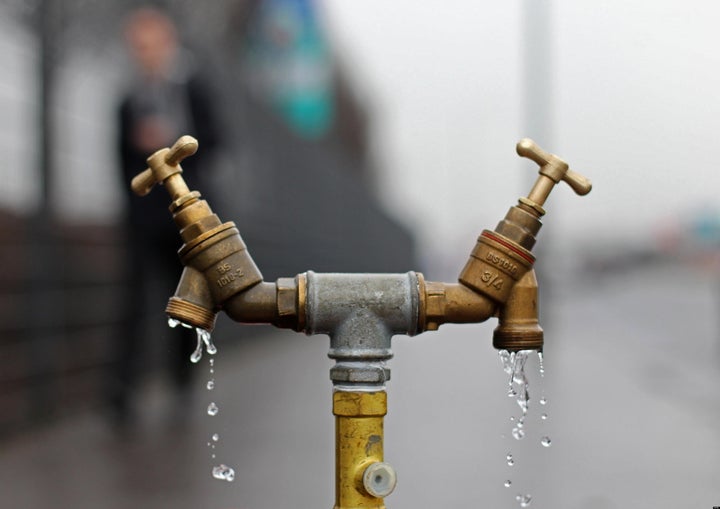
Regulation has become a hot topic in recent weeks. There have been executive orders to reform them, hearings to scrutinize them and budgets to defund them. But in all these forums, one side of the balance sheet is often absent -- the fact that regulations create significant economic benefits.
Considering their own bottom lines, businesses see costs from regulatory red tape and paperwork and don't necessarily profit from the social benefits. So they ask the government for weaker protections using the logic that regulation is bad for everyone: jobs, the economy, the GDP.
But not everyone gains from one company's healthy quarterly report. In fact, the opposite can be true.
There are costs that come with inadequate regulation, and it is the public who ultimately pays the price in lost lives, destroyed property, or empty government coffers. In this way, inadequate regulation amounts to a hidden subsidy for risky behavior. On the flip side, we stand to gain if companies are properly kept in check.
Right now, the Obama Administration is considering regulations on two issues that may seem like luxury items in a down economy but are actually sound investment opportunities that we cannot afford to miss.
In November 2010, EPA and the National Highway Transportation and Safety Administration issued a joint rulemaking to regulate pollution from large pickups and vans, vocational vehicles, combination tractors, and heavy-duty engines. These proposed standards are estimated to cost about $7.7 billion, yet they will generate almost 7 times as many benefits ($49 billion).
The benefits of the heavy-duty truck rule include reducing emissions by almost 250 million metric tons and saving over 500 million barrels of oil over the life of the vehicles sold between 2014 and 2018. The agencies report that an operator of a semi truck, after paying for technology updates, could have a net savings of up to $74,000 over the life of the vehicle.
When we tally all of the costs of pollution, it is often the case that the price regulation is far less than the social cost of unchecked emissions.
Prison safety offers a second example of how regulations can be solidly economical. On January 24th of this year, the Department of Justice released a proposed rule that would require prisons to take preventive steps like installing video monitors or eliminating cross-gender supervision in high-risk situations. The proposed rule would lead to decreased litigation costs and decreased medical and mental health treatment costs among other savings. Some of the benefits are a decrease in sexually-transmitted diseases, a reduction in unwanted pregnancies and a decrease in recidivism.
While these costs and benefits are hard to monetize dollar for dollar, they shouldn't be disregarded. In its analysis of the prison safety rule, the DOJ used a break-even analysis to estimate the point at which the measurable benefits of the safe prisons' policy justify the potential compliance costs. Since the costs of unsafe prisons can easily be more than the costs of providing basic safety, ignoring the problem is a penny-wise approach and can lead to bigger bills for taxpayers down the road.
In these cases, as in so many others, economics shows that stronger protections can be justified -- that the hidden costs of dirty air or unsafe prisons impose a price that is steeper than the cost of regulating.
Strong protections do cost businesses and taxpayers money, but when compared to the price of weak regulation, it turns out that they can be more than worthwhile. After giving them a closer look, regulations that might seem unaffordable are often bargains that avoid more serious monetary and social expenses.